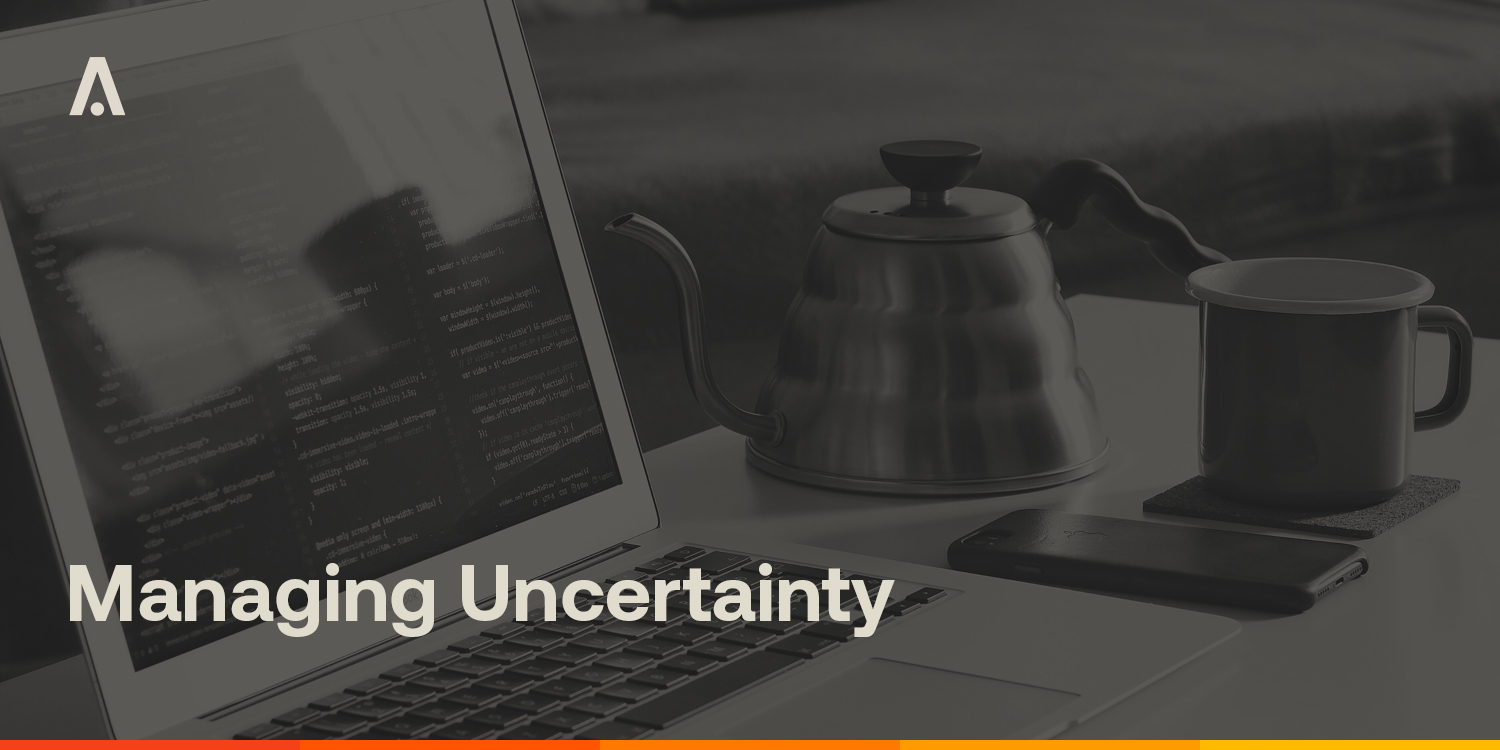The global pandemic of COVID-19 has created historical levels of uncertainty, fear and panic. This reaction is expected given the seriousness of the virus and the patchwork of information, news and policies that have been circulating around the world in response.
In times of uncertainty individuals look to institutions to coordinate the resources required with the full weight of their authority and provide clear direction to the public. Unfortunately for citizens around the world, these responses have been slow and opaque. In this vacuum, panic flourishes and individuals and organizations rush towards safety – whether that be stockpiling toilet paper, liquidating your ETFs or freezing hiring.
The crypto ecosystem has not been immune to this reaction. As the bellwether for the industry, BTC’s decline of over 40% within 24 hours sent shockwaves across the market and plummeted the valuations of large-cap assets like ETH and XRP with >60% declines in mid/small cap alts. This sharp decline poses a significant challenge for industry operators that rely on these assets for operations. For projects that raised capital via crypto, treasury and risk management have become a requirement, not a nice to have.
As a long-term oriented organization operating with fixed costs, we cannot take a view on the performance of the market. No one can tell the future. We’re not a hedge fund, we’re a technology organization. I’ve seen way too many projects take a view on the market with their treasury – while many projects got lucky in 2017 by just holding, us included. Many others mistook a peak in a cycle for an eternal bull-run. Today we still see many projects reporting upwards of 60% of their operational holdings in crypto. This includes assets like BTC and ETH, which can be liquidated quickly if needed, but also their own asset. Unless a sufficiently liquid secondary market has developed, utilizing this supply for operational expenses can be devastating to value.
We don’t believe in risking the long-term ability to execute our mission by relying on a material balances of crypto, whether that be BTC or Aion to fund operations. We’ve learned from the past. Today, the Open Foundation operational balance sheet is 90% U.S dollars. This risk management practice allows us to focus on the macro, not the short-term cycles and volatility that can be an existential threat to many.
The volatility over the past two weeks should be a wake up call for organization’s whose mission is to build long-term mission driven technology.
Our work at The Open Application Network continues uninterrupted as we work to solve important platform problems (for more insight into what we’re currently building at The OAN, see this recent blog post).



